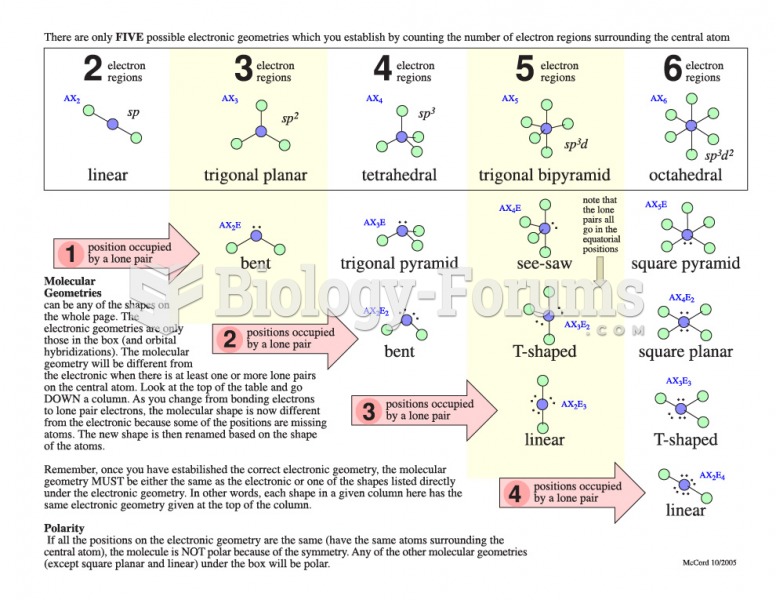Jenn is 27 years old and had a baby six weeks ago. She is visiting her doctor for her post-partum check up to discuss her birth control options. Her check up went well, and after discussion, her doctor prescribed an intrauterine contraceptive device, which he was able to place during the visit.
Answer the following questions:
Under what section of the PCS manual would this procedure fall?
What is the Body System?
What is the Root Operation, and how is it defined?
What is the Body Part and what is its value?
What is the Approach and what is its value?
What is the Device and what is its value?
What is the Qualifier and what is its value?
What will be an ideal response?
Question 2
Carlos is being seen by a podiatrist at the clinic today. He states his left big toe is killing me It hurts almost all the time, and it hurts especially when he wears his shoes. The toe is red and slightly swollen at the tip. Upon closer inspection, it is evident that the toenail is ingrown. The skin around the tip of the toe had grown over the side of end of the nail. Carlos acknowledged he does his own foot care, but is not all that particular on how well he trims his nails. A look at his shoes shows they are a bit old and Carlos did agree that perhaps they do not fit as well as they could. He was instructed on the proper way to trim his nails and urged to wear shoes that fit in not only length but also width.
Carlos elected to have definitive treatment for the ingrown nail. A local anesthetic was used to numb the area first. The overgrown skin at the side of the tip of the nail was excised, exposing the tip. There was a moderate amount of pus, which was removed. The corner of the nail was cut in a wedge section and removed. There was little to no loss of blood. The toe was covered with a bandage. Carlos was instructed to soak the foot in Epsom salts and warm water twice a day, and to keep the area clean. He should keep the area covered when not soaking it, and to wear sandals, if possible, while it heals. Prophylactic antibiotics were prescribed. He was also given a tetanus shot, since he has not had one in a number of years. Carlos is to return to the office in two weeks to check on healing, or sooner if he notices any signs or symptoms of increased infection.
Procedure: Removal of the ingrown section of the toenail
This procedure falls under the Medical and Surgical section of PCS. Answer the following questions:
What is the Body System for this procedure?
What is the Root Operation and how is it defined?
What is the Body Part?
What is the value assigned to the Body Part?
What is the Approach and what is its value?
What is the value for the Device?
What is the Qualifier and what is its value?
What other value is found under Qualifier, and why is it not used in this instance?
What will be an ideal response?







